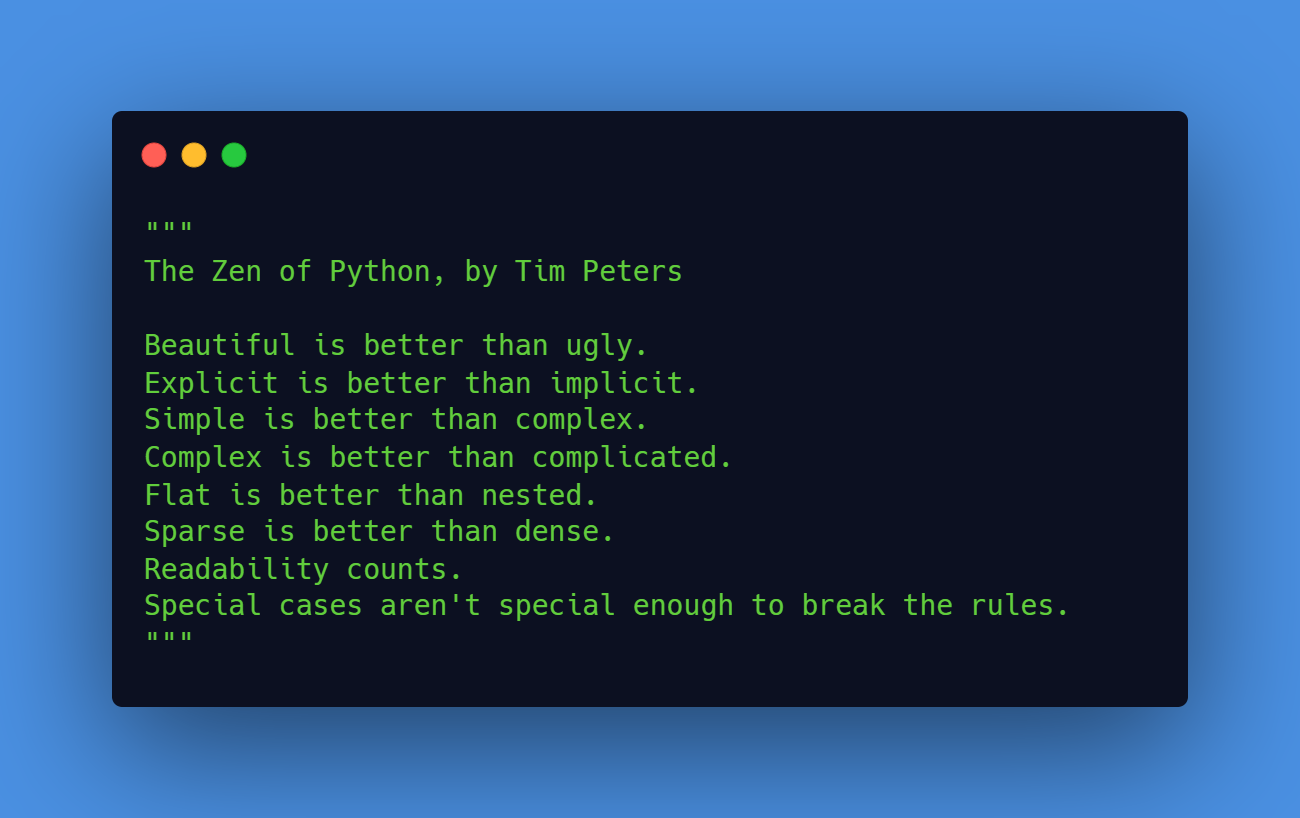Python’s None value is a special object that represents the absence of a value or a null value. It is an object of its own datatype, the NoneType.
In Python, you can use the is operator to test if an object is None. For example:
x = None
if x is None:
print("x is None")
else:
print("x is not None")
Code language: Python (python)This is the recommended way to test for None in Python, as opposed to using the equality operator ==. This is because the is operator checks for identity, rather than value. Therefore, it is faster and more reliable.
Checking for None in Boolean Context
In Python, None is considered a false value in a boolean context. This means that if you use None in a conditional statement, it will be treated as False.
For example:
x = None
if x:
print("x is True")
else:
print("x is False")
Code language: Python (python)This will print “x is False” because x is None, which is treated as False in a boolean context.
Assigning None to a Variable
To assign the value None to a variable, you can simply use the None keyword. For example:
x = None
Code language: Python (python)You can also use the None keyword to initialize a variable as None, before assigning a different value to it later on.
x = None
x = 5
Code language: Python (python)In this example, x is first initialized as None, and then it is assigned the value 5.
Testing for None in a List or Tuple
You can use the in operator to test if None is an element in a list or tuple. For example:
lst = [1, 2, None, 3]
if None in lst:
print("None is in the list")
Code language: Python (python)This will print “None is in the list” because None is an element in the list lst.
You can also use the count() method to count the number of occurrences of None in a list or tuple. For example:
lst = [1, 2, None, 3, None]
num_occurrences = lst.count(None)
print(num_occurrences)
Code language: Python (python)This will print “2” because there are two occurrences of None in the list lst.
Handling None in a Dictionary
To test if a key in a dictionary has the value None, you can use the in operator and the items() method. For example:
d = {'a': 1, 'b': None}
if None in d.values():
print("None is a value in the dictionary")
Code language: Python (python)This will print “None is a value in the dictionary” because the key ‘b’ has the value None in the dictionary d.
You can also use the get() method to return the value of a key in a dictionary, or a default value if the key does not exist. For example:
d = {'a': 1, 'b': None}
x = d.get('c', 'default')
print(x)
Code language: Python (python)This will print “default” because the key ‘c’ does not exist in the dictionary d, so the default value of “default” is returned.
Conclusion
In this article, we have covered several ways to test for and handle the None value in Python. We have seen that the is operator is the recommended way to test for None, and that None is treated as False in a boolean context. We have also seen how to test for None in lists, tuples, and dictionaries, and how to use the get() method to handle None in dictionaries.
I hope this article has been helpful! For more information on None in Python, you can refer to the Python documentation.

Leave a Reply